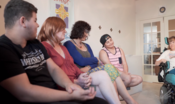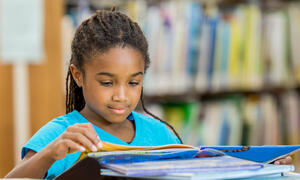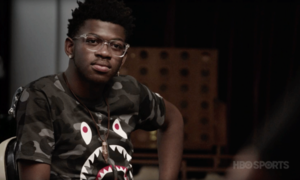article
End the Silence on LGBT Bullying
New evidence of the bullying crisis in our schools appears daily in news reports and blogs. For some students, verbal harassment, cyber-ostracism and physical abuse are as routine as turning in homework. That’s particularly true for students who are—or simply perceived to be—gay, lesbian, bisexual or transgender (LGBT).



